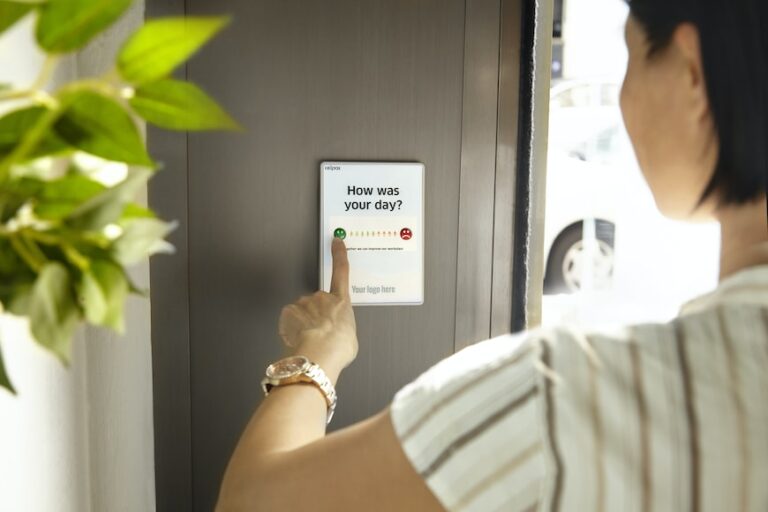Last updated Jun. 19, 2024 by Peter Jakes
Money orders are a convenient method for transferring money. They are often used as a secure alternative to sending cash, given their reliability and the layers of security they offer. However, like any financial instrument, they are not immune to human error. Making a mistake on a money order can be daunting, but understanding the process for correcting such mistakes can ease the anxiety. This article will guide you through the steps for rectifying mistakes on a money order and provide a comprehensive FAQ section to address common concerns.
Understanding Money Orders
What is a Money Order?
A money order is a prepaid financial document issued by a bank, post office, or other financial institution that directs the payment of a specific amount of money to the individual named on the order. It’s a trusted payment method often used for transactions that require a guarantee of funds, such as paying rent, bills, or other significant expenses.
Why Are Money Orders Used?
Money orders are popular because:
- They are a secure way to send money.
- They don’t require a bank account.
- They provide a paper trail, making them ideal for transactions where receipts are necessary.
- They are more readily accepted than personal checks in many situations.
Common Mistakes on Money Orders
Mistakes on money orders can range from minor to significant. Here are a few common errors:
- Misspelled recipient name.
- Incorrect amount.
- Wrong date.
- Recipient name left blank.
- Error in the purchaser’s information.
- Unauthorized alterations.
Steps to Correct a Mistake on a Money Order
Correcting a mistake on a money order can differ slightly depending on the issuers, such as Western Union, MoneyGram, or the Postal Service. However, the general principles remain the same. Below is a step-by-step guide to correcting a mistake on a money order:
1. Identify the Mistake
The first step is to carefully review the money order and identify the error. Knowing the specific mistake helps determine the next steps, whether you need a new money order or just a correction.
2. Do Not Try to Correct It Yourself
It’s essential not to try to correct the mistake yourself, such as crossing out and rewriting information, as this can invalidate the money order. Financial institutions usually have strict policies against alterations.
3. Keep All Receipts and Documentation
Always retain the receipt and any other documentation you received when purchasing the money order. The receipt often contains critical information, like a tracking or reference number, which is necessary for processing refunds or replacements.
4. Contact the Issuer’s Customer Service
The next step is to contact the customer service department of the institution that issued the money order. Explain the nature of the mistake and ask for their procedures for correction. Here is the contact information for some popular money order issuers:
- Western Union: 1-800-325-6000 or their website.
- MoneyGram: 1-800-926-9400 or their website.
- United States Postal Service (USPS): Visit your local post office or call 1-800-275-8777.
5. Submit a Request for a Replacement or Refund
Depending on the issuer’s policy, you may need to request a replacement or a refund. This process may involve filling out a form and paying a fee. For example, Western Union typically requires you to fill out a "Money Order Customer Request Form" along with a processing fee.
6. Provide Necessary Documentation
Typically, you will need to provide:
- The original money order (unaltered).
- The receipt or stub received at the time of purchase.
- A completed claim or request form.
- Proof of identity (in some cases).
7. Wait for Processing
After submitting the necessary documentation, you must wait for the issuer to process your request. Processing times can vary; it may take a few days to several weeks for the issuer to handle your claim and either issue a replacement money order or provide a refund.
8. Receive the Replacement or Refund
Once the issuer processes your request, you should receive a replacement money order or refund. Double-check the new money order to make sure all information is correct to avoid repeating the process.
Special Cases and Considerations
Lost or Stolen Money Orders
If the money order is lost or stolen, the issuer will typically need to investigate the situation before issuing a refund or replacement. This investigation can extend the processing time significantly.
International Money Orders
International money orders might have additional rules and longer processing times. It’s essential to clarify these details with the issuer.
Fees
Most issuers charge a fee for replacement or refund requests. The amount varies, so confirm the cost while communicating with customer service.
Time Limits
Some institutions have time limits for correction requests. Ensure that you report any errors as soon as possible to fall within the allowed time frame.
FAQs
1. Can I Correct a Mistake on a Money Order at Home?
No, attempting to correct a money order yourself (such as with correction fluid or cross-outs) can invalidate it. Always follow your issuer’s procedures for rectifying mistakes.
2. What Should I Do If I Lost My Money Order Receipt?
Contacting the issuer’s customer service immediately is crucial if you lose your receipt. While having the receipt makes the process easier and faster, issuers can sometimes still assist by using other verification methods, though it might extend the process.
3. How Long Does It Take to Get a Replacement Money Order?
Processing times vary depending on the issuer. It can range from a few business days to several weeks. Always ask the customer service representative for an estimated time frame.
4. Is There a Fee for Replacing a Money Order?
Yes, most issuers charge a fee to process a replacement or refund request. The fee varies by issuer, so it’s best to confirm the amount when you contact customer service.
5. Can I Cancel a Money Order?
Cancellation policies vary by issuer. Generally, you can request a cancellation if the money order hasn’t been cashed yet. This typically involves a fee, and the process can take some time.
6. What Happens If the Wrong Recipient Cashes the Money Order?
If the money order is cashed by the wrong person, the situation becomes complex. In such cases, contact the issuer’s customer service immediately. They will conduct an investigation, but recovery isn’t guaranteed, especially without proof of fraud or error in issuance.
7. Do I Need Identification to Correct a Money Order?
Issuers generally require proof of identification, especially if requesting a refund or replacement. This is to ensure the request is coming from the original purchaser.
8. How Do I Track My Money Order?
Money orders come with a tracking or reference number. You can use this number to track its status on the issuer’s website or through their customer service hotline.
9. Can I Correct Multiple Errors on the Same Money Order?
Each issuer has its own policies regarding correcting multiple errors. Typically, the process is the same, but addressing several mistakes at once may require additional documentation or verification steps.
10. What Should I Do If My Request for Correction is Denied?
If your request for correction is denied, ask for a detailed explanation. Mistakes in the submission process or insufficient documentation are common reasons for denial. Correct any issues and re-submit your request as necessary.
Conclusion
Making a mistake on a money order can be stressful, but knowing the correct steps to take helps to resolve the issue efficiently. Always keep your receipts and documentation, and contact the issuer’s customer service for guidance. By following the proper procedures and understanding the policies of your money order issuer, you can correct mistakes with minimal hassle. The FAQs section above addresses common questions, offering further clarity on managing money order errors.
Understanding the process of dealing with mistakes on money orders empowers you to handle financial transactions confidently, preserving the security and reliability that makes money orders a favored method for many.




